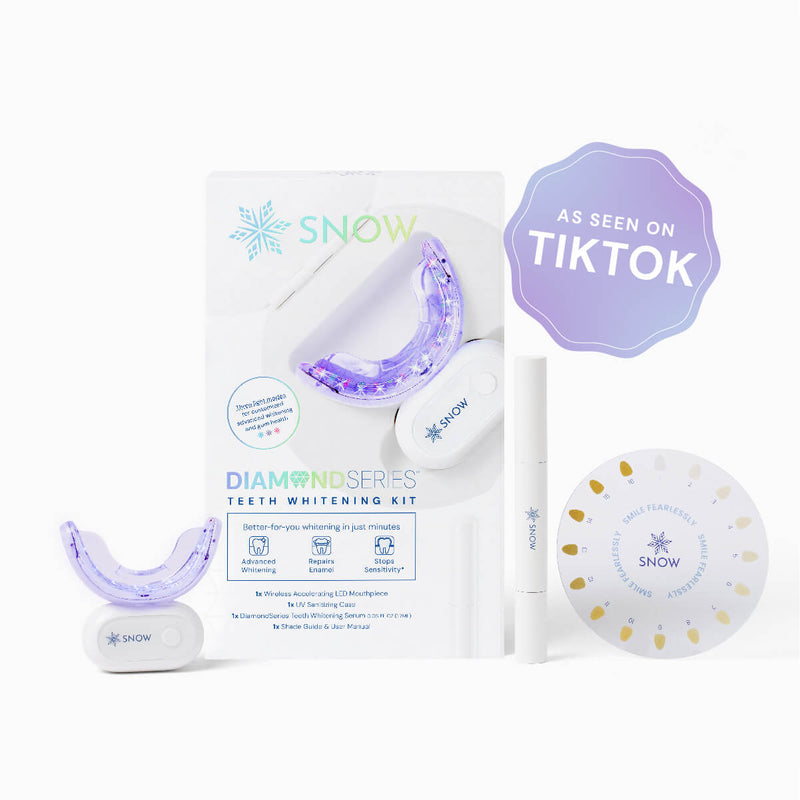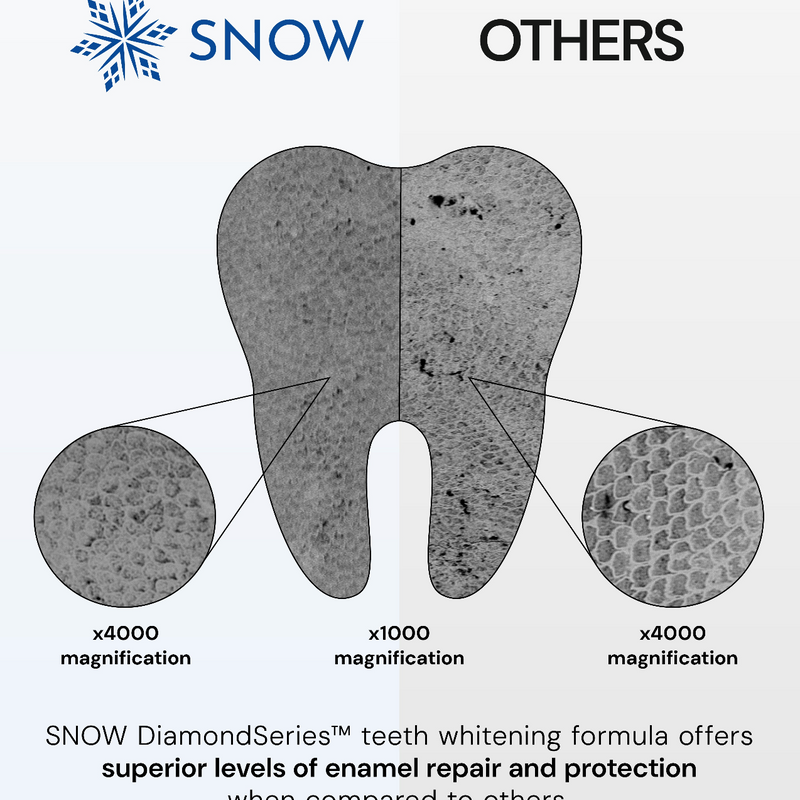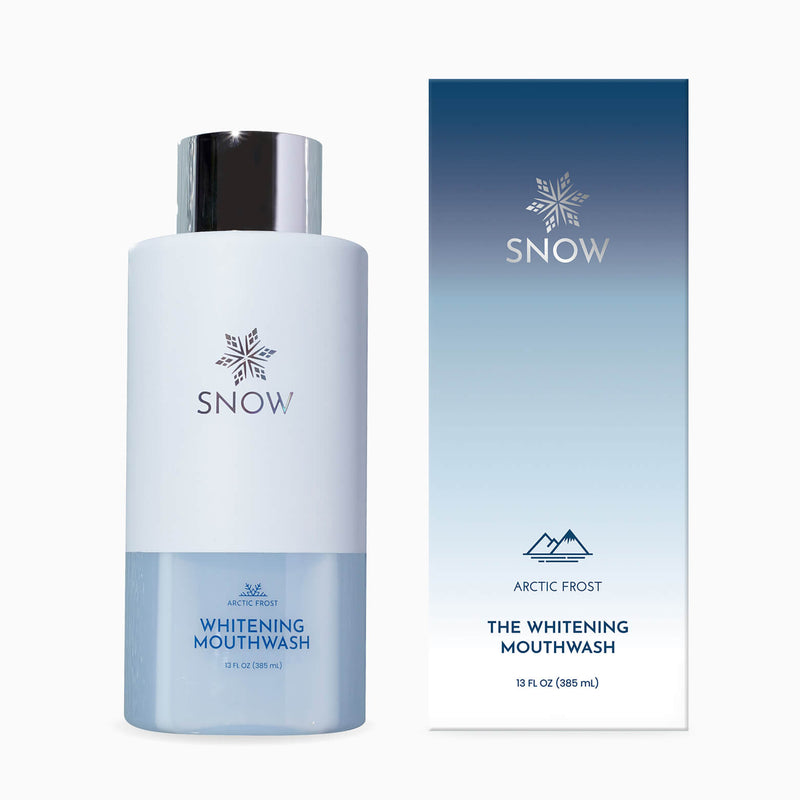How to floss for kids is a question many parents ask when building healthy dental habits. The answer is simple: it's essential to start early and make flossing a fun part of their routine to protect against cavities and gum disease.
In this article, we'll walk you through a comprehensive guide on flossing your child's teeth, the importance of flossing, when to start, and tips for making it engaging. We'll also discuss whether flossing before or after brushing is better, the best time of day to floss, and how to make it a lifelong habit.
Whether you're looking to learn how to floss a bridge or how to floss dental implant, we're here to help
Let's dive into the steps you can take to keep your child's teeth healthy and strong.
What this article covers:- A Guide to Flossing Your Kid's Teeth
- Why Is Flossing Your Kid's Teeth Important?
- When to Start Flossing Your Kid's Teeth
- Tips for Flossing Your Toddler's Teeth
- Is It Better to Floss Your Kid's Teeth Before or After Brushing?
- Should You Floss Your Kid's Teeth in the Morning Or Evening?
- How to Make Flossing a Fun Habit
A Guide to Flossing Your Kid's Teeth
To begin, use about 18 inches of floss and wrap most of it around your middle fingers, leaving about two inches to work with.
Gently guide the floss between their teeth, using a smooth motion to avoid injuring their gums. Once the floss reaches the gum line, curve it into a C-shape to hug the tooth, moving the floss up and down to clean thoroughly.
For a more efficient clean, try SNOW's Water Flosser. This precision tool uses adjustable pressure modes to target hard-to-reach areas, offering a gentler yet thorough alternative to traditional floss.
It's perfect for kids who may struggle with conventional flossing techniques, and its portable design is ideal for on-the-go care.
Why Is Flossing Your Kid's Teeth Important?
Our findings show that flossing is essential because it cleans areas a toothbrush can't reach.
Even though brushing twice a day is important, flossing removes plaque and food particles trapped in tight spaces. If left uncleaned, these areas become hotspots for bacteria, leading to cavities, gum disease, and bad breath.
To enhance your child's flossing routine, SNOW's Activated Charcoal Whitening Floss combines activated charcoal with flossing, gently removing toxins and stains while preventing plaque buildup.
When to Start Flossing Your Kid's Teeth
Our research indicates that the best time to start flossing your child's teeth is when two of their teeth begin to touch.
This typically happens between the ages of 2 and 6, depending on when their primary molars emerge. That's when you should be concerned with how to floss back teeth, which are harder to reach.
Even if their teeth don't touch yet, introducing flossing early helps them get used to the process, making it easier to develop the habit later.
If your child is ready to try flossing on their own, SNOW's Charcoal Whitening Floss Picks are a fantastic option.
Tips for Flossing Your Toddler's Teeth
When it comes to how to floss 1 year old teeth, it's essential to make it fun and engaging. Here are some creative tips:
- Use Flavored Floss: Let your toddler pick out floss in fun flavors like grape, watermelon, or chocolate to make the process enjoyable.
- Floss Picks: These come in kid-friendly designs with fun colors and characters, making it easier for them to hold while you floss their teeth.
- Sing Songs: Play or sing a song while flossing to distract them and set a flossing rhythm.
- Reward System: Based on our observations, using sticker charts or small rewards can encourage consistent flossing habits.

Is It Better to Floss Your Kid's Teeth Before or After Brushing?
Flossing before brushing has been shown to have several benefits for overall dental health. Flossing first removes food particles and plaque, allowing the active ingredients in toothpaste to reach clean surfaces and enhance its protective effects.
However, if your child prefers brushing first, don't stress too much. What matters most is that both brushing and flossing are part of their daily routine.
Should You Floss Your Kid's Teeth in the Morning or Evening?
The best time to floss your child's teeth is typically in the evening before bed. This ensures that any food particles or plaque accumulated during the day are removed, reducing overnight bacterial growth.
How to Make Flossing a Fun Habit
Flossing doesn't have to be a chore for your child—it can be an enjoyable part of their daily routine with some creativity. Start by allowing them to choose flavored floss and consider turning flossing into a game.
You could time them to see how many teeth they can floss in a minute or set up a reward system for consistent flossing.
Lead by example. Kids love mimicking their parents, so flossing together as a family can provide positive reinforcement. Incorporating fun activities like singing during flossing sessions also helps them associate the task with something enjoyable.
Conclusion
Flossing for kids is one of the most essential steps in maintaining their dental health. Starting the habit early and making it part of their daily routine ensures they develop a strong foundation for oral hygiene that lasts a lifetime.
Throughout this guide, we've covered how to floss your child's teeth, why it's so important, when to begin, and tips for making flossing fun.
Make flossing a part of your child's daily routine with SNOW teeth whitening oral care products. Explore our floss options to ensure your child's smile stays bright and healthy!
If you want to learn more, why not check out these articles below:
- How to Floss Dental Implants
- Best Water Flosser
- Best Dental Floss
- Best Portable Water Flosser
- Best Travel Water Flosser
- When Is the Best Time to Floss
- Why Does My Floss Smell Bad?
- Why is Flossing Important?
- Why Does Flossing Feel Good?
- Why Is Flossing As Important As Brushing?
- Do Water Flossers Work?
- Does a Water Flosser Replace Flossing?
- Does Water Flosser Remove Plaque?
- Does Water Flossing Hurt?
- How to Use a Water Flosser
























